The Advantages Of Prefabricated E-Houses Over Concrete Substations
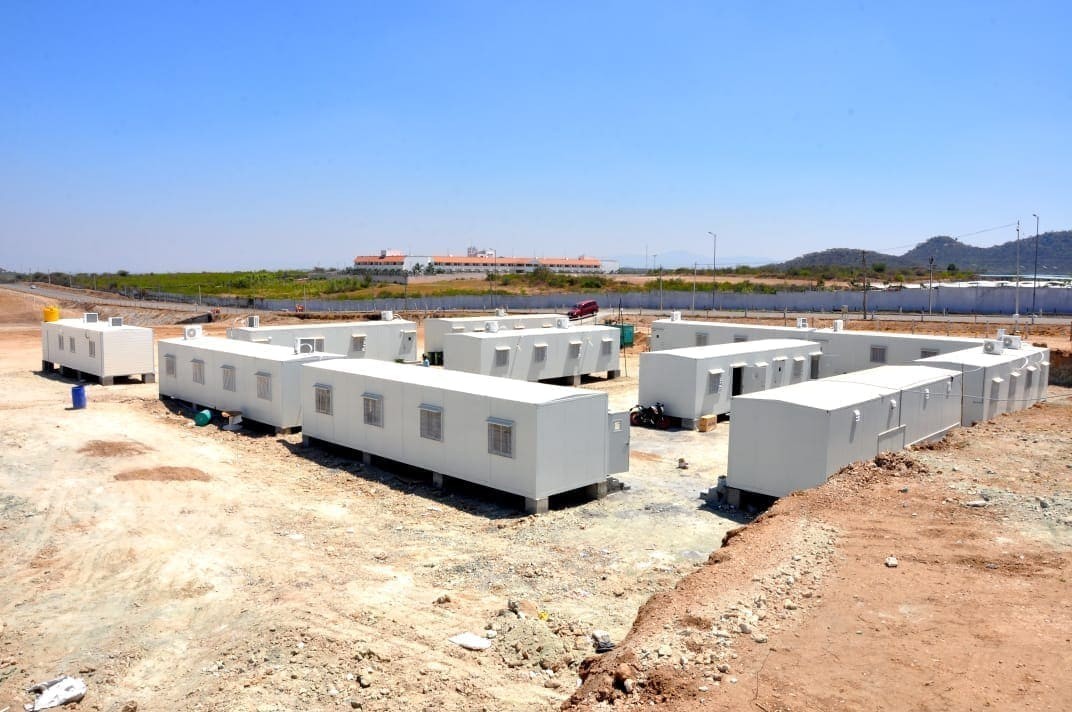
Are you tired of the lengthy and resource-draining traditional construction process? Look no further! In today's fast-paced world, prefabricated E-houses are revolutionizing home building. With advantages like time-saving construction and sustainability promotion, these innovative structures offer a multitude of benefits. Join us as we explore the exciting realm of prefabricated E-houses and discover their advantages.
What are prefabricated e-houses?
Prefabricated e-houses, also known as electrical houses are innovative prefab structures that offer a contemporary and forward-thinking solution dedicated to housing vital electrical and automation equipment across diverse industries. Prefabricated E houses are designed and constructed off-site under controlled conditions, then transported and installed at the intended location. Widely applied across sectors such as telecommunications and power distribution, these E-Houses provide tailored solutions for housing essential equipment and facilitating crucial operations. Prefabricated E-houses come with many advantages like streamlined construction processes, enhanced customization options, rapid deployment, cost-effective solutions, and sustainable design features.
Useful link: What is the Difference Between Prefabricated and Modular Structures?
How are they different from concrete substations?
Prefab e-houses are becoming increasingly popular in industries such as power distribution and telecommunication. But what makes them stand out from traditional concrete substations? Let's look at the unique features that set prefab e-houses apart.
One significant distinction lies in how they are constructed. Concrete substations are built directly at the site, using poured concrete and other materials. On the other hand, prefabricated e-houses are manufactured off-site in a controlled factory setting. This allows for greater precision and quality in producing e-house components, leading to a more consistent final product.
An important distinction is the flexibility provided by prefabrication. While concrete substations are typically designed to meet specific requirements and cannot be easily modified or expanded later on, prefabricated e-houses offer the ability to customize them based on varying needs. They can also be easily adapted for future changes or expansions without causing significant disruptions to operations.
Additionally, transportation logistics also contribute to differentiating these two options. Concrete substations often necessitate the use of heavy machinery for assembly at the installation site, which can pose logistical obstacles and result in higher costs. On the other hand, prefabricated e-houses are transported as modular units that can be swiftly assembled on-site with minimal equipment, thereby saving both time and resources.
There is a notable difference between the maintenance requirements of traditional concrete substations and prefab e-houses. While concrete substations often require regular inspections and repairs due to wear and tear, prefab e-houses are built with durable material that requires less overall maintenance. This results in reduced downtime and associated expenses.
Both concrete substations and prefabricated e-houses serve the same purpose of housing electrical equipment. Still, they differ in how they are constructed (on-site vs. off-site), their flexibility for customization or expansion (limited vs. adaptable), transportation logistics (heavy machinery vs. modular assembly), and long-term maintenance requirements (regular upkeep vs. reduced maintenance). These differences make prefabricated e-houses an appealing choice for industries that want efficient and cost-effective solutions for their electrical infrastructure needs.
Unlock the secrets of prefab structure longevity! Dive into our blog and uncover just how long these structures can stand the test of time. Read now for invaluable insights: How Long Does A Prefab Structure Last?
What are the advantages of prefabricated e-houses?
Cost-effective: Prefabricated E-houses offer significant cost advantages. These houses are constructed in a factory, which allows for optimal resource utilization and lower labor expenses. Furthermore, the streamlined manufacturing process minimizes potential delays or unforeseen costs typically associated with conventional construction methods.
- Time-saving: Prefabricated E-houses offer a significant advantage over traditional houses: they can be assembled much more quickly. By manufacturing the components off-site, minimal time is wasted on-site preparation and construction. This makes them an excellent option for projects that demand swift completion, such as emergency housing solutions or temporary structures.
- Customization options: Despite common misconceptions, prefabricated E-houses provide homeowners with a multitude of customization options. From determining the layout and size to selecting specific finishes and materials, individuals have the freedom to design their ideal home according to their unique preferences.
- Quality Assurance: The meticulously controlled environment in which these houses are crafted guarantees exceptional workmanship and strict adherence to building codes and standards. Each component undergoes rigorous quality control measures, guaranteeing consistency in structural integrity and long-lasting durability.
- Environmentally friendly: Prefabricated E-houses are designed with sustainability in mind. They often include energy-efficient insulation, solar panels, and rainwater harvesting systems. These attributes not only mitigate their environmental footprint but also contribute to enduring cost savings on utility expenses.
- Versatility: Prefabricated E-houses are available in a range of sizes and designs, making them suitable for various purposes such as residential homes, vacation cottages, dormitories, temporary offices, and more. Their versatility allows them to meet diverse needs while maintaining high-quality construction and appealing aesthetics
- Transportability: One more benefit of prefab houses is their portability. Since they are modular, you can easily take them apart, transport them, and reassemble them in a new location. This flexibility is especially functional when you need to move due to job changes or if you simply desire a change of environment. Whether it's across town or to a different state, prefabricated E-homes can quickly come along with you.
Conclusion
In our rapidly changing world, the demand for efficient and adaptable solutions is crucial. Prefabricated e-houses offer numerous advantages over traditional concrete structures. These modular solutions provide quick deployment, customizable options, cost-effectiveness and convenient relocation possibilities. They are designed to meet specific needs while offering flexibility in terms of size, layout, and functionality. With standardized designs and components, prefabricated e-houses guarantee consistent quality control during the manufacturing process. This leads to faster project completion times and reduced construction costs.
Moreover, these cutting-edge structures are seamlessly incorporated with advanced technology systems like automation controls or remote monitoring systems. This allows for real-time data collection and analysis, resulting in improved efficiency and operational performance. Prefabricated e-houses offer a multitude of advantages, making them the ideal choice for diverse industries such as power generation, oil & gas, telecommunication, mining operations, renewable energy projects, and more.
Ready to elevate your construction game? Explore the top-quality prefabricated solutions from Pressmach Infrastructure today! Call us at +91 9884085567 or visit our website: https://www.pressmach.com/ to discover the perfect solution for your building needs. Don't miss out on superior construction options! Call now.
Your Requirements
Related
Blogs


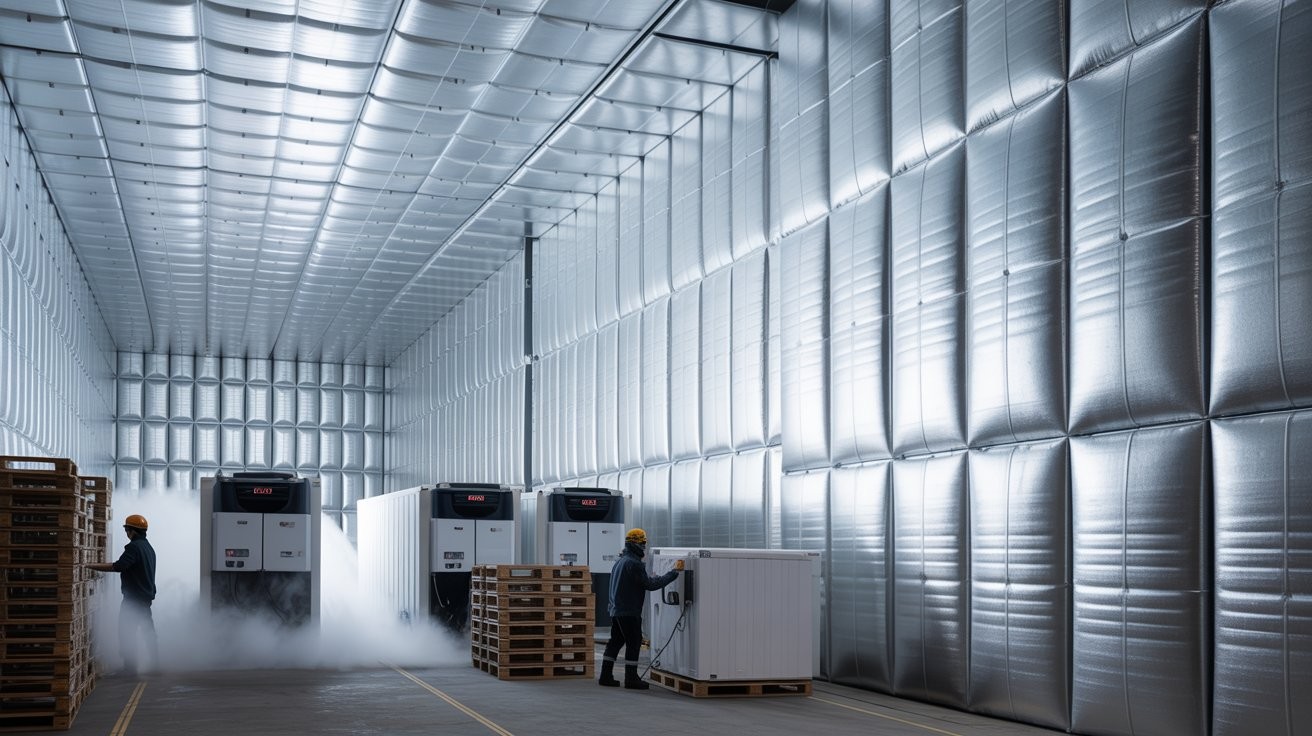
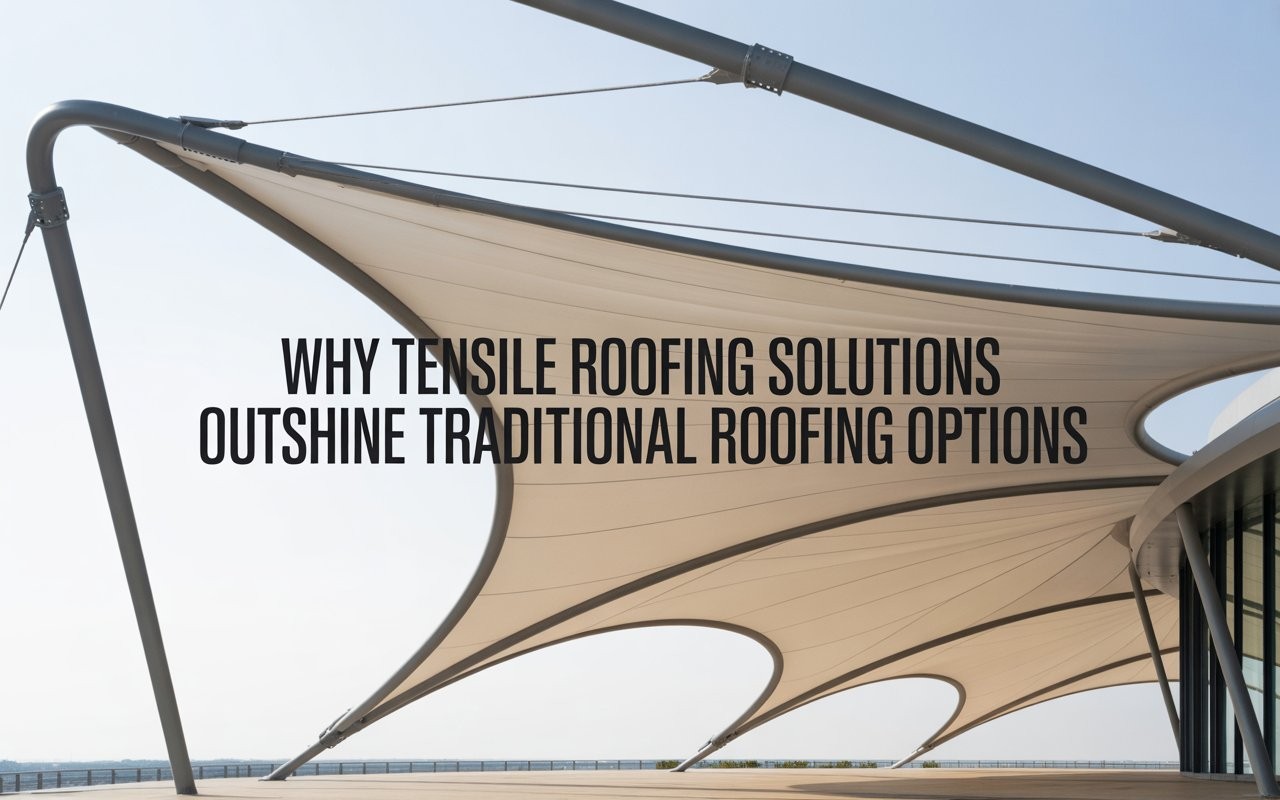
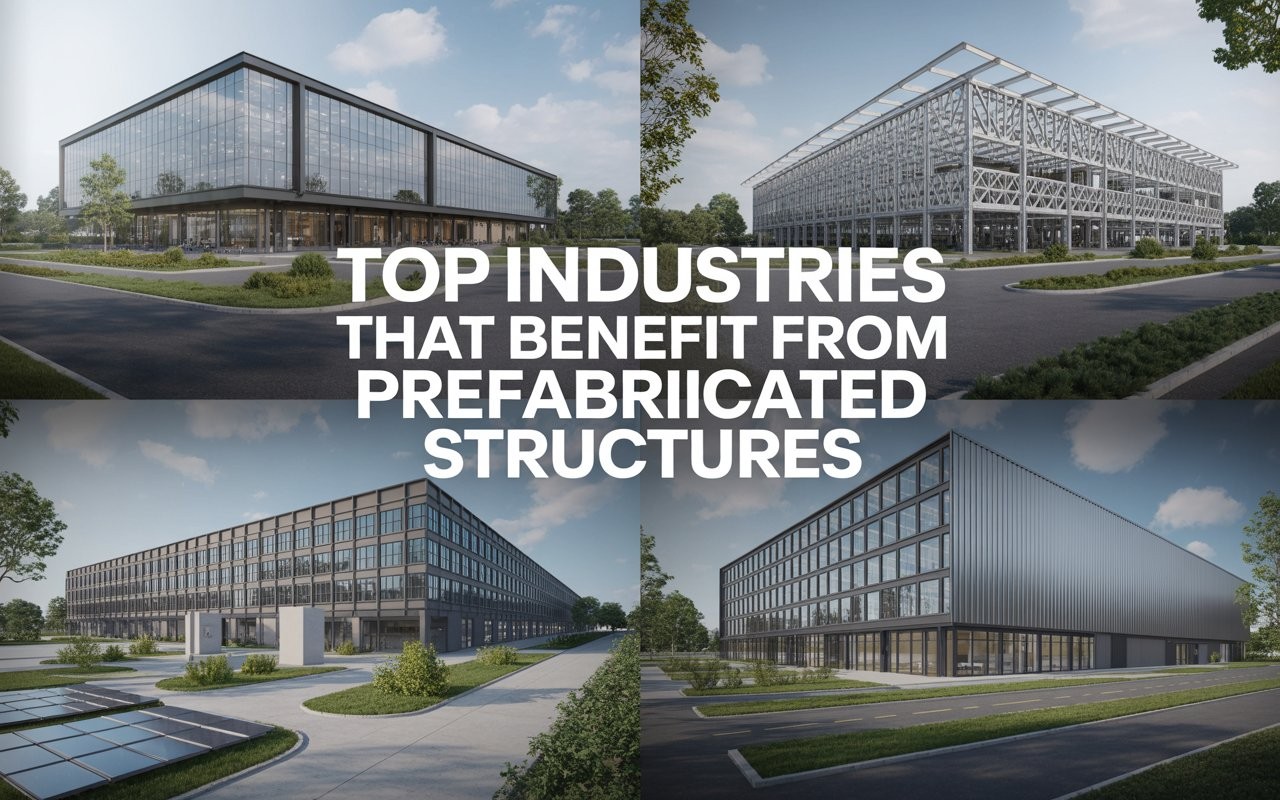
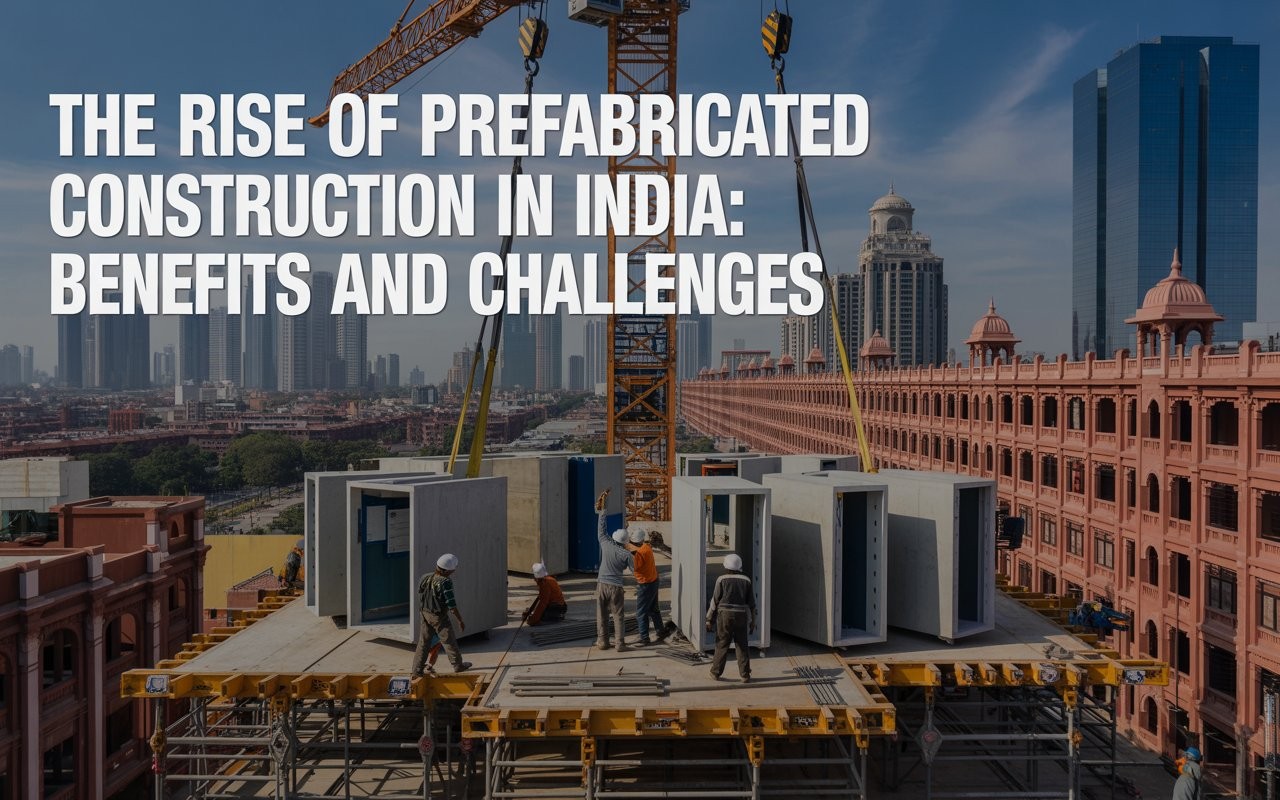
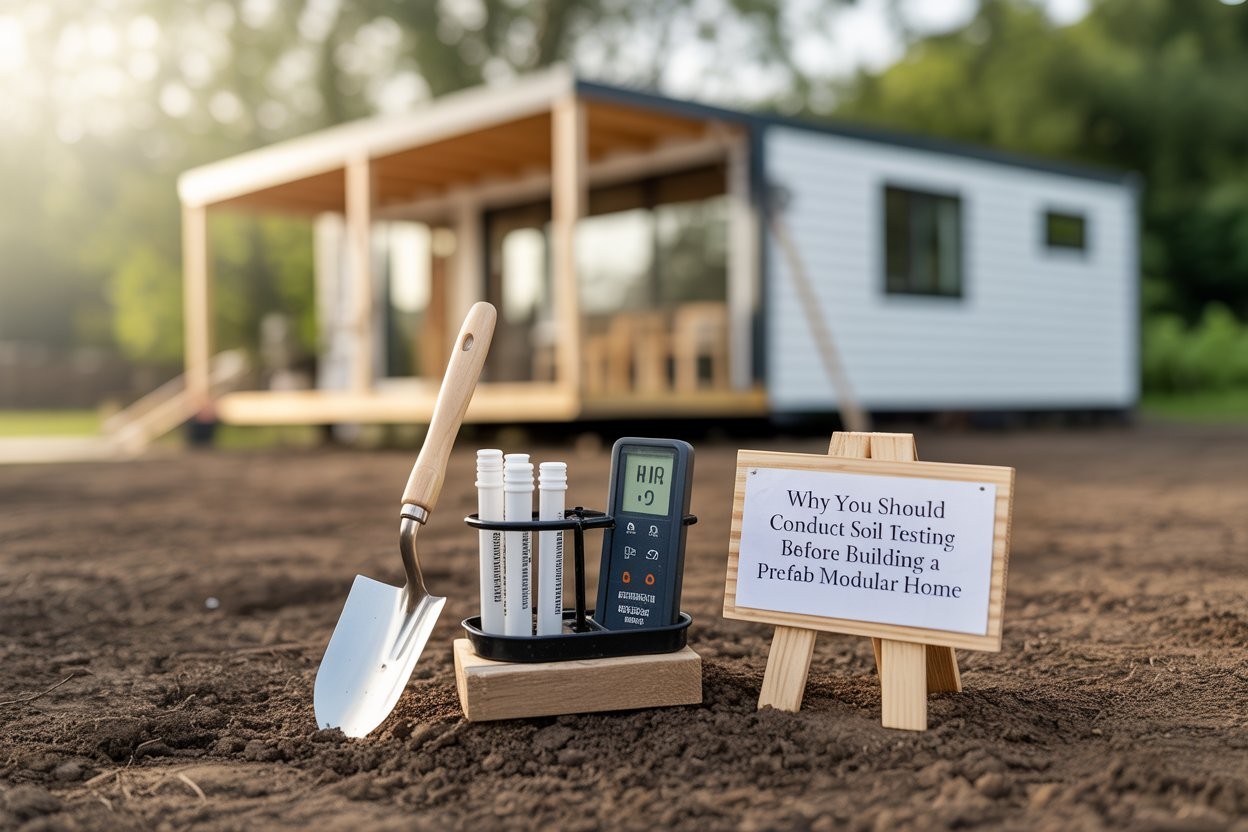
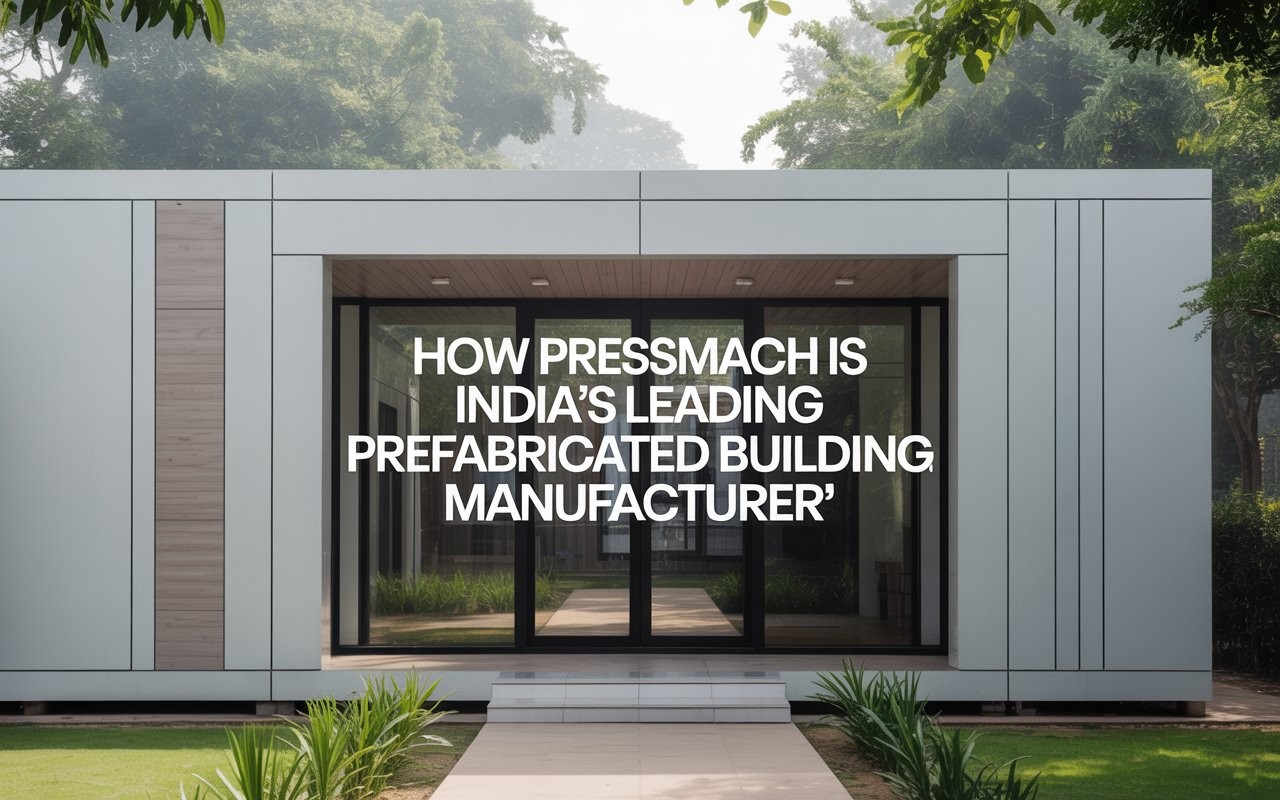

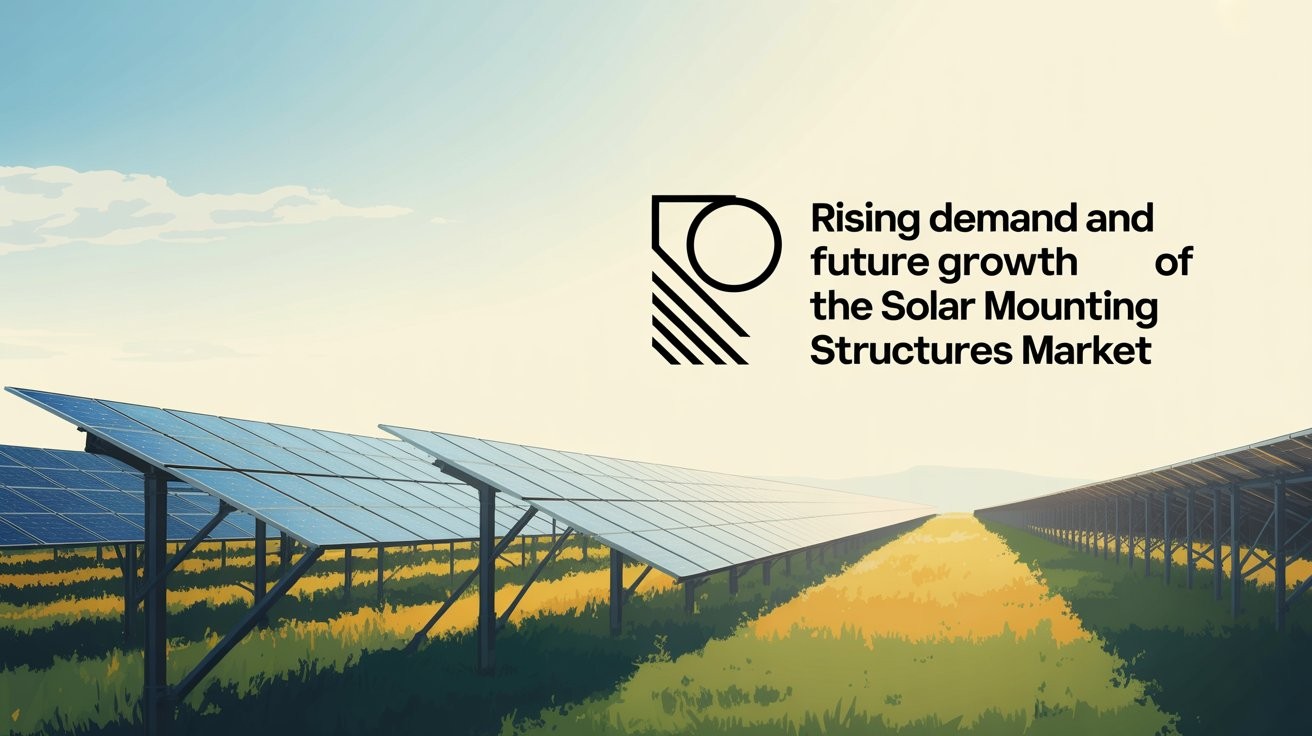
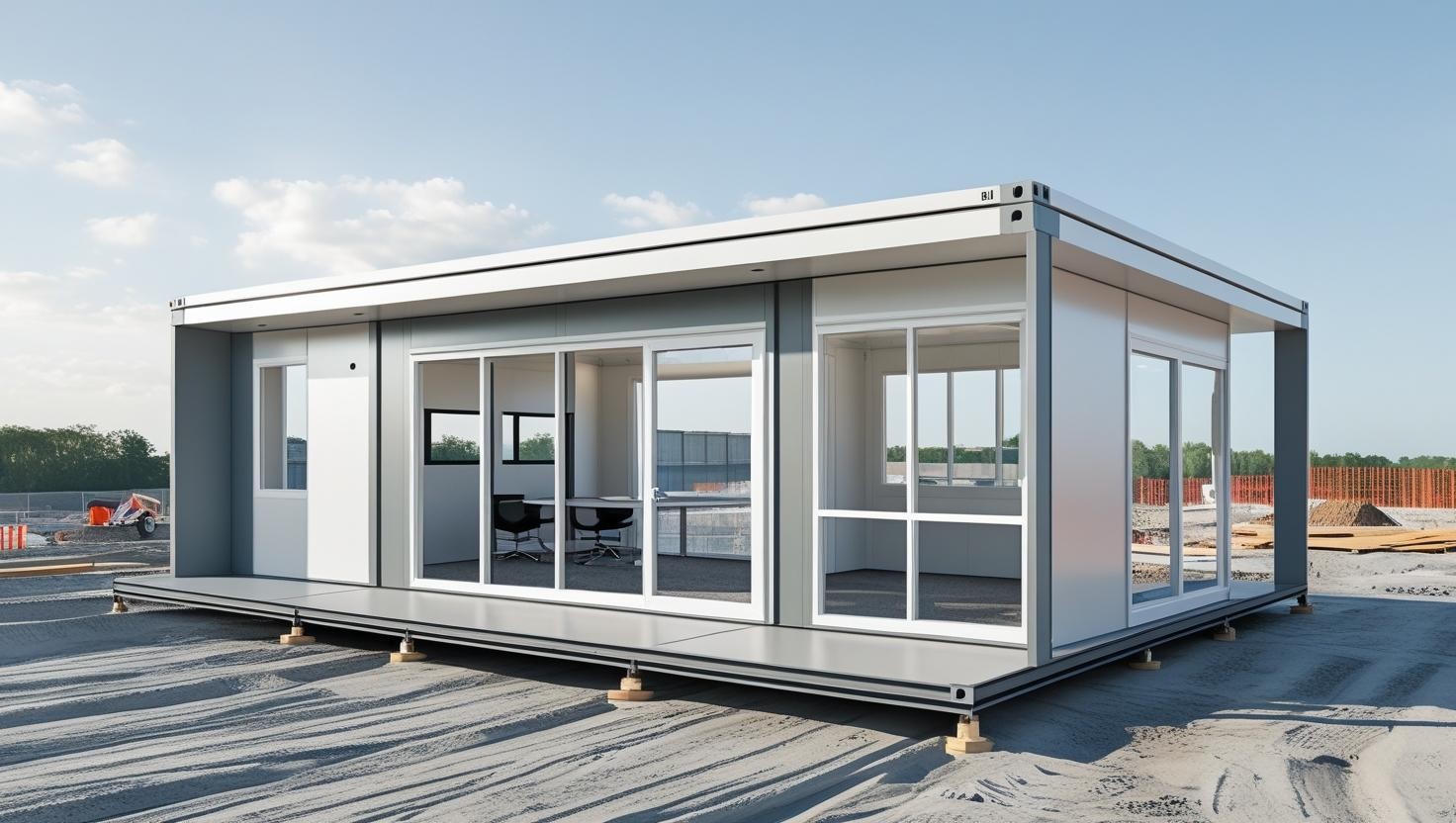
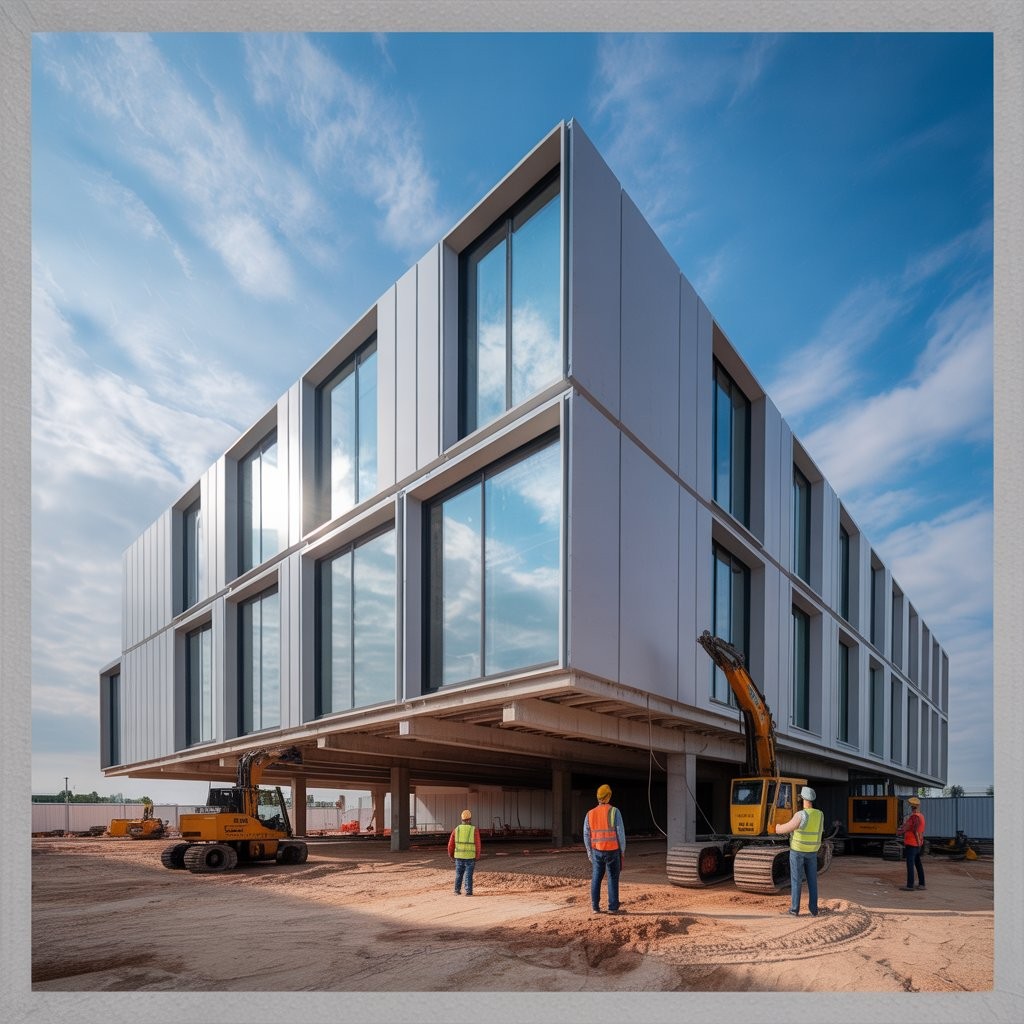










6790c3d8f29a2.jpeg)

























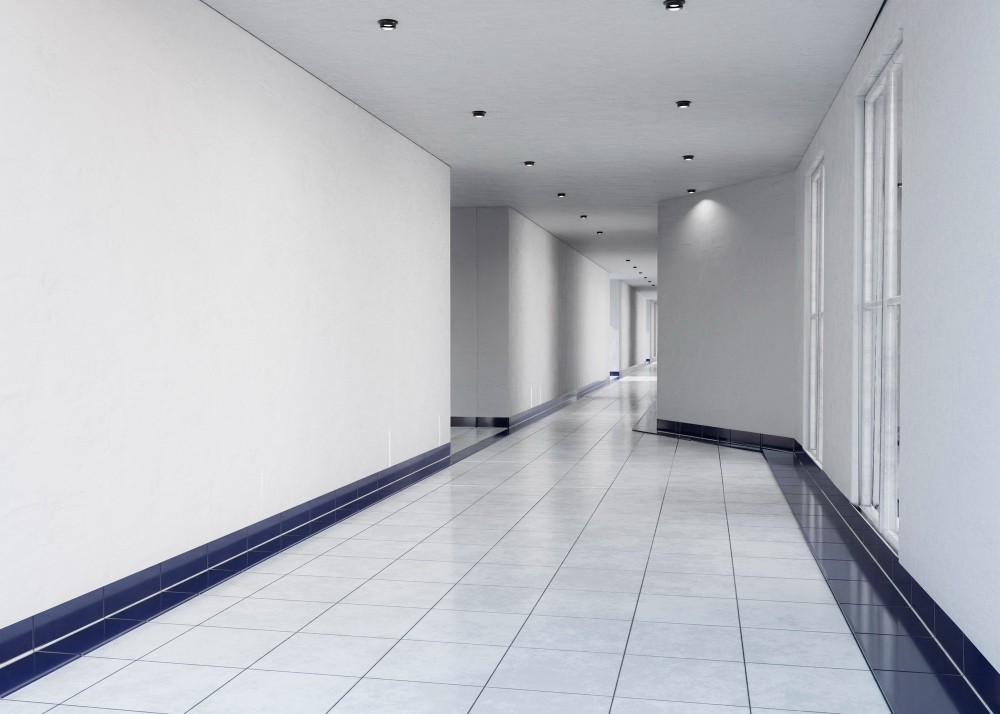
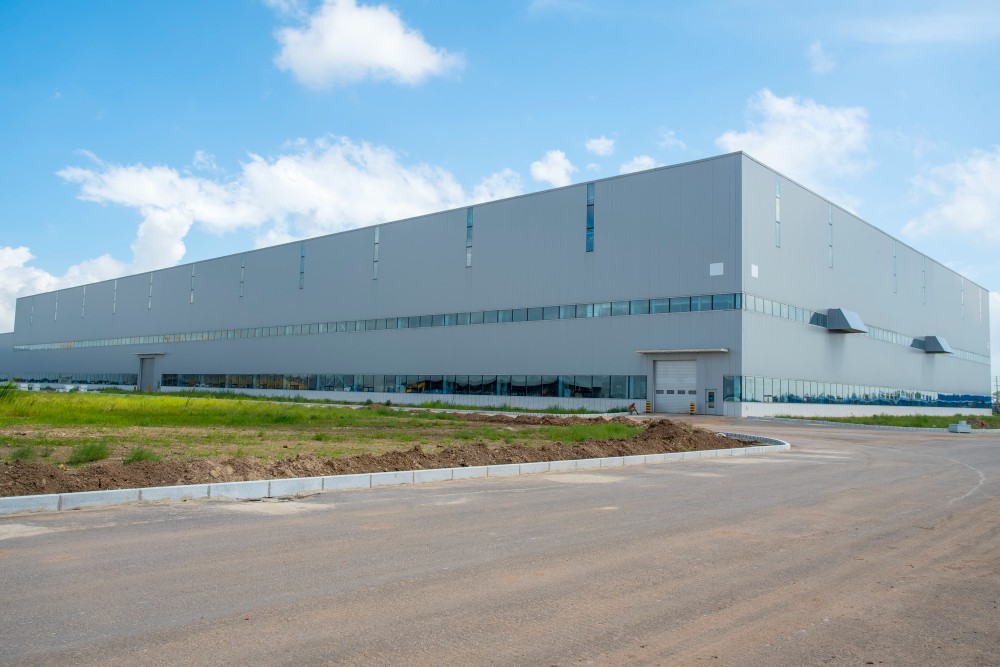

65cf4d38697f9.webp)

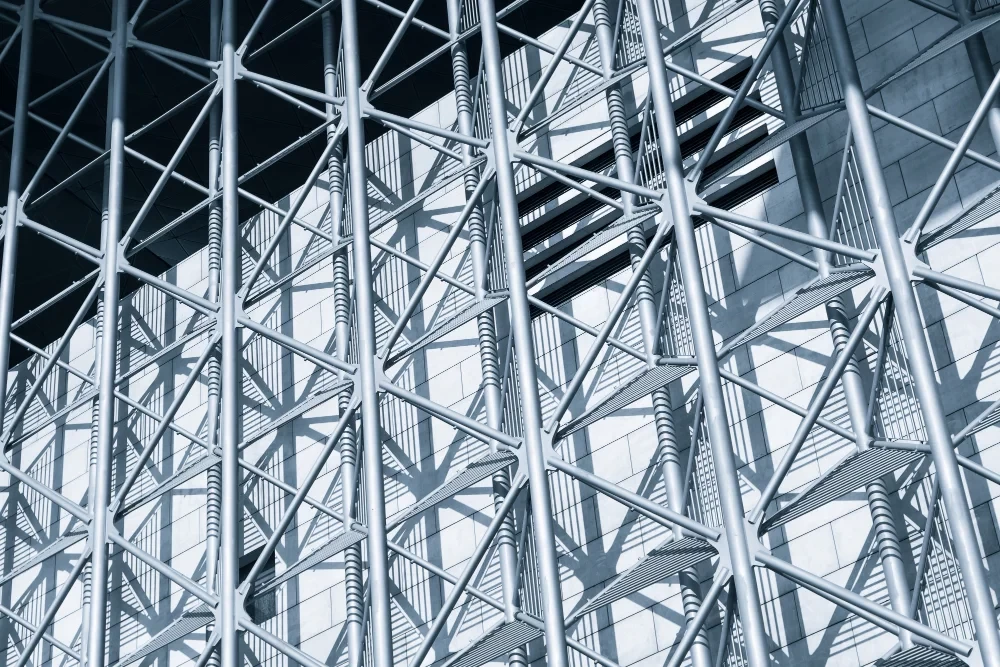
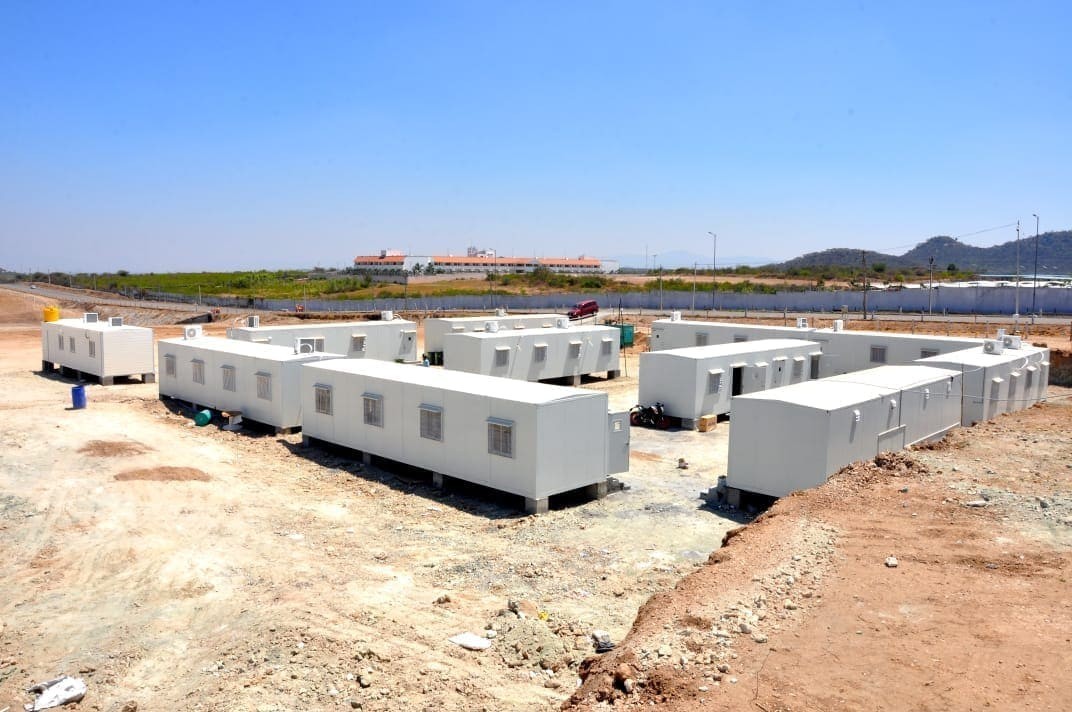
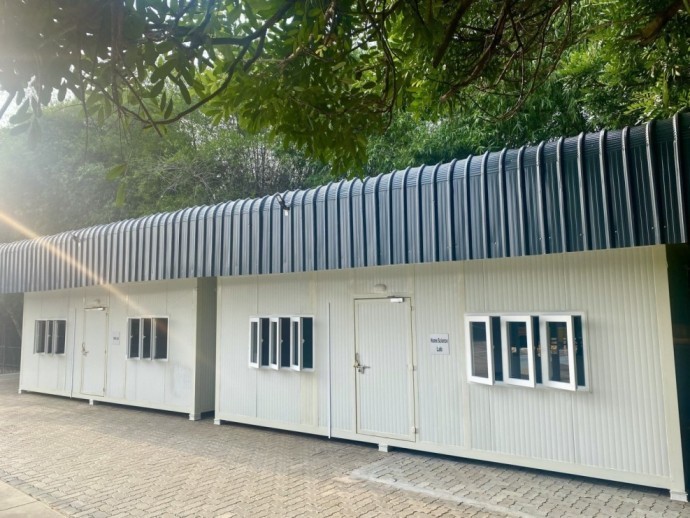

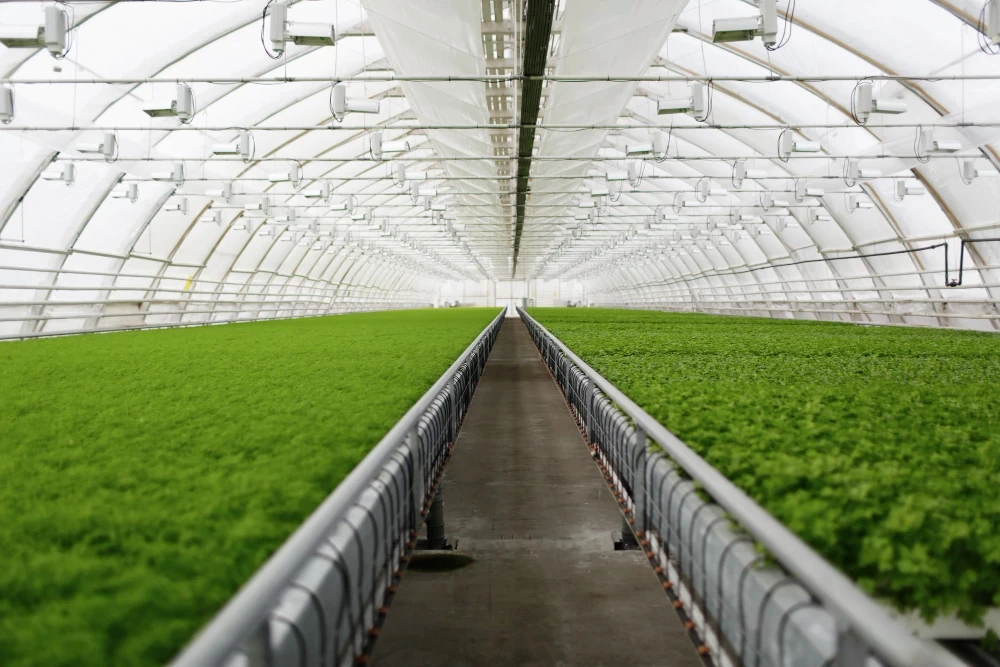
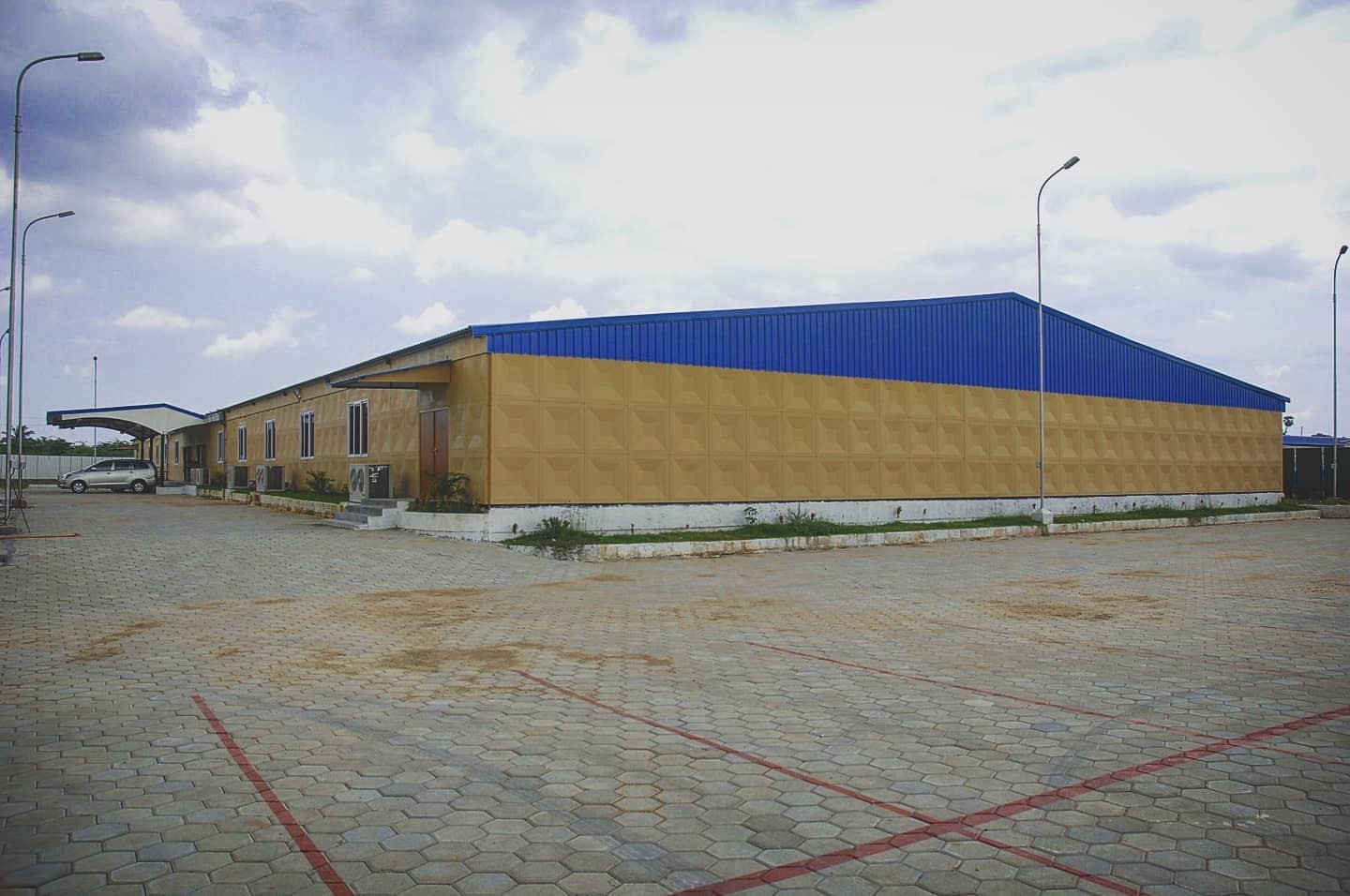
65cf65f046eed.webp)
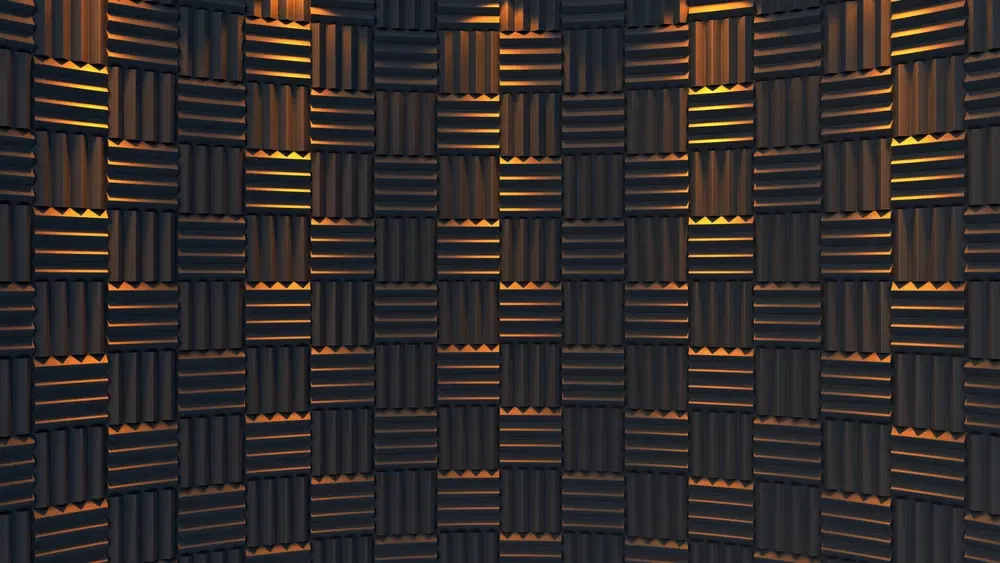
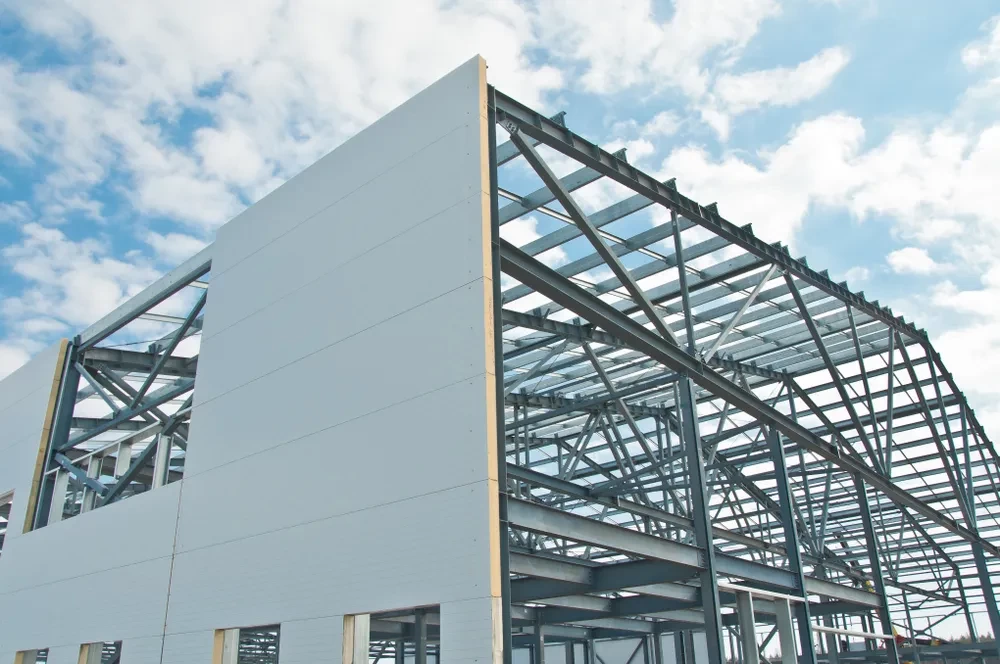
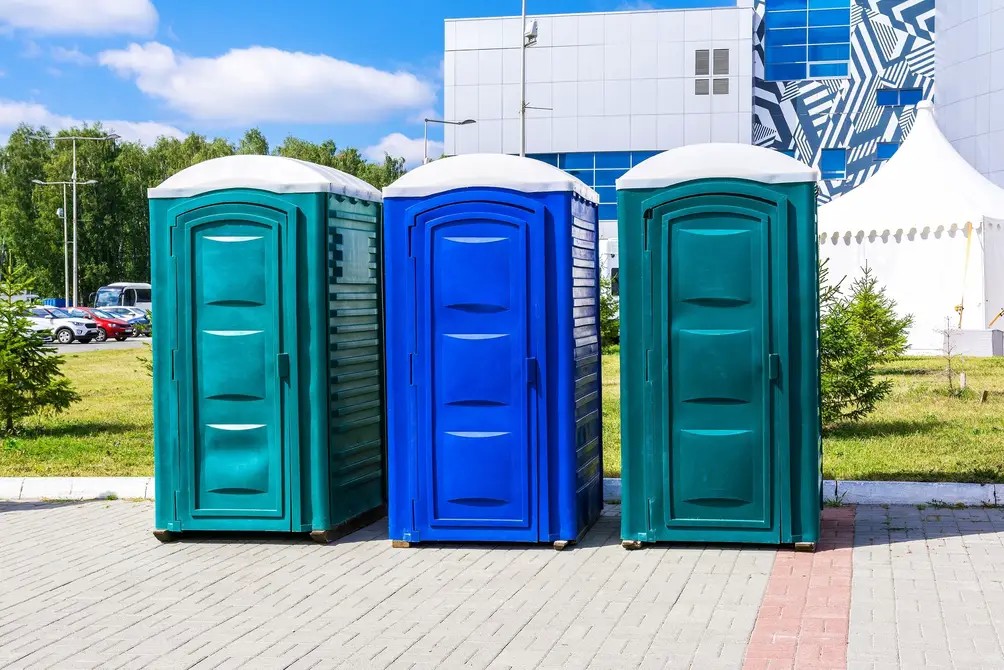
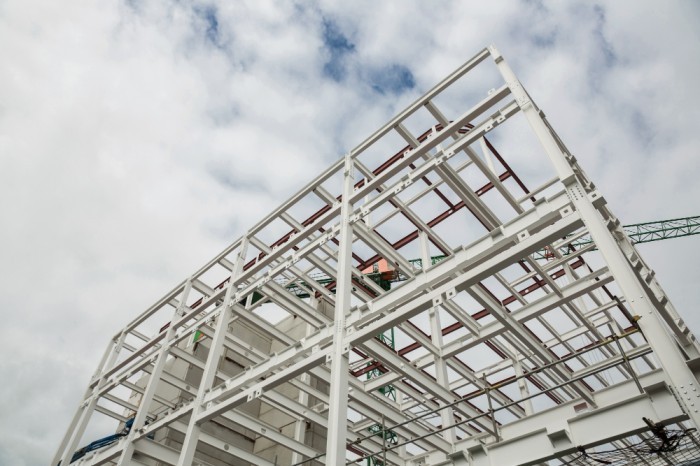
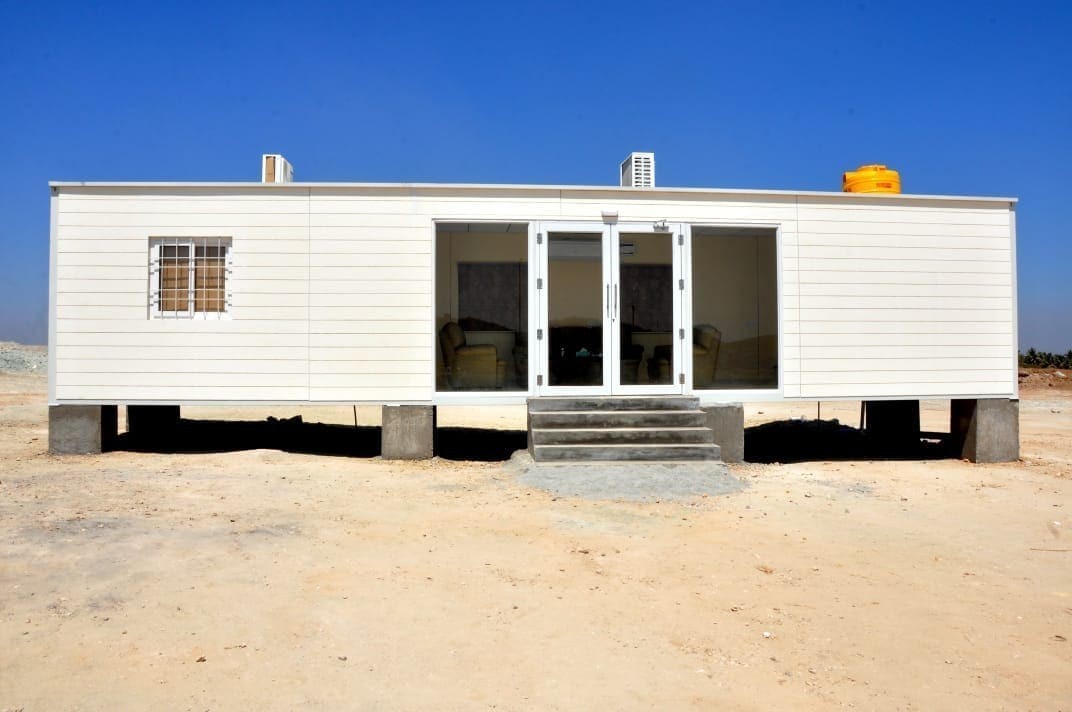
64afe3444467b.jpeg)
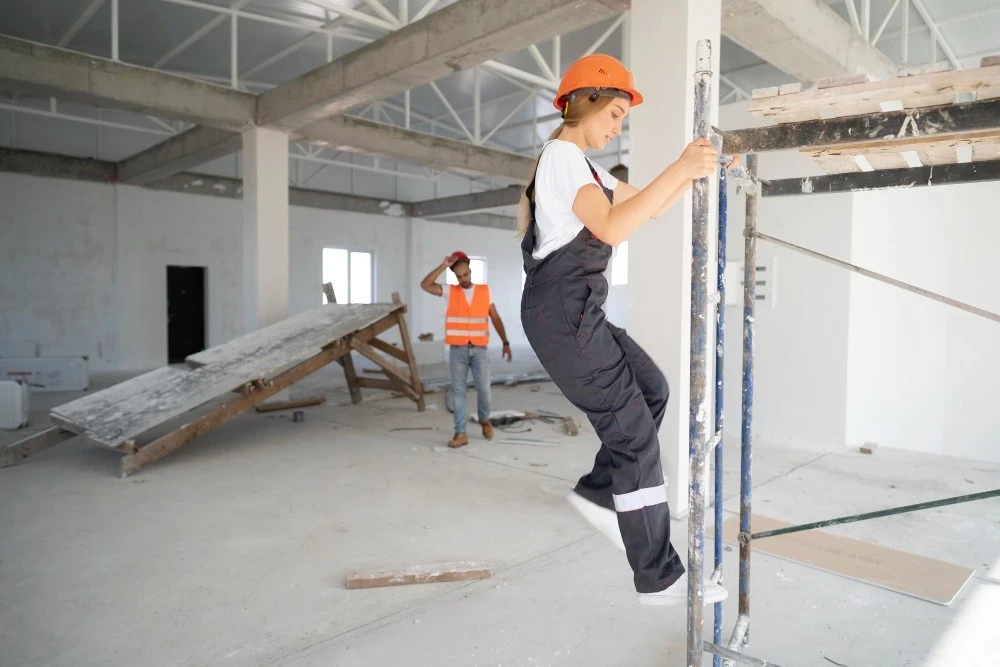
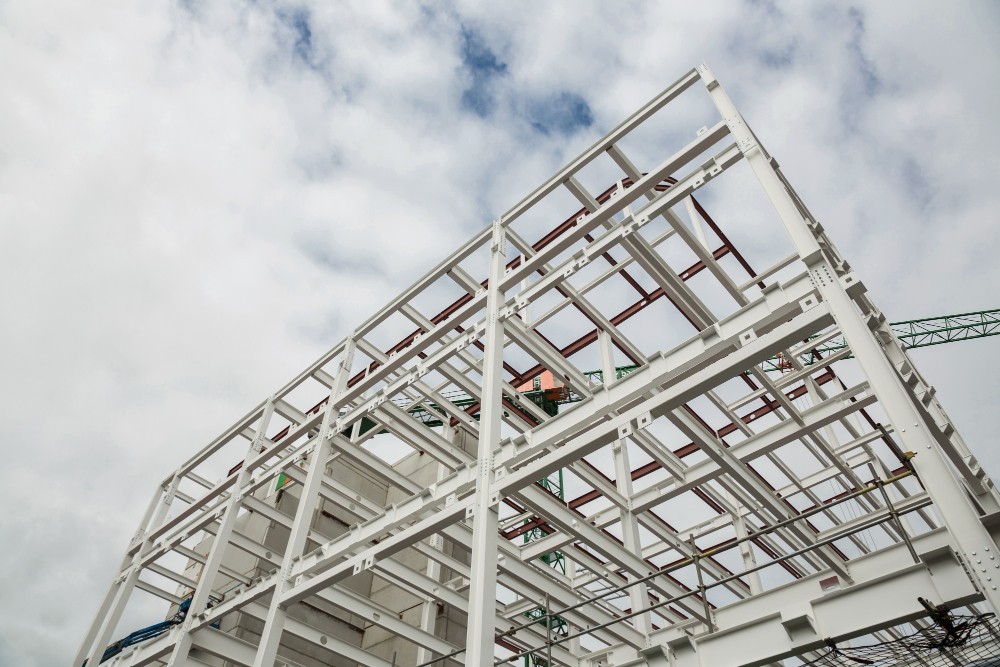
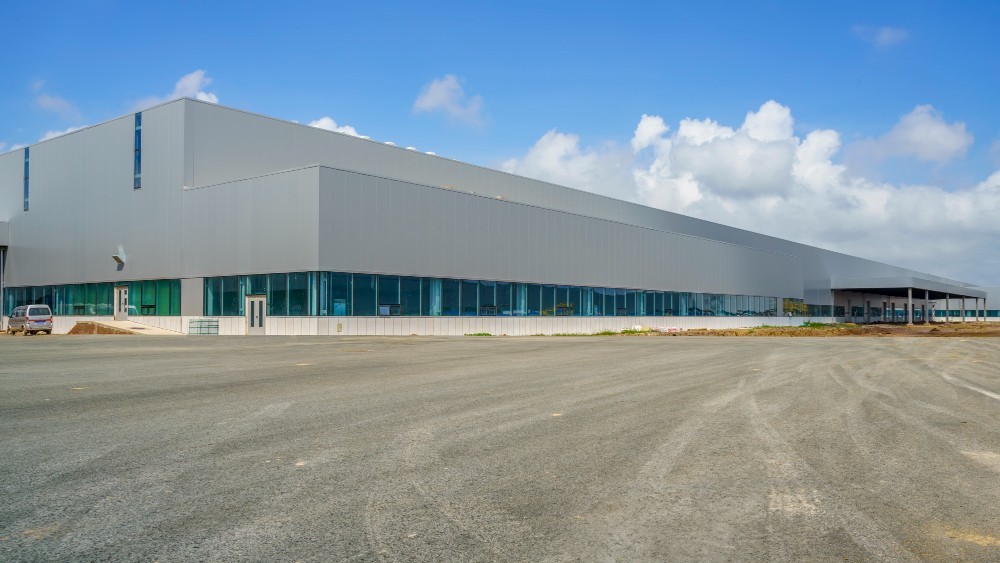
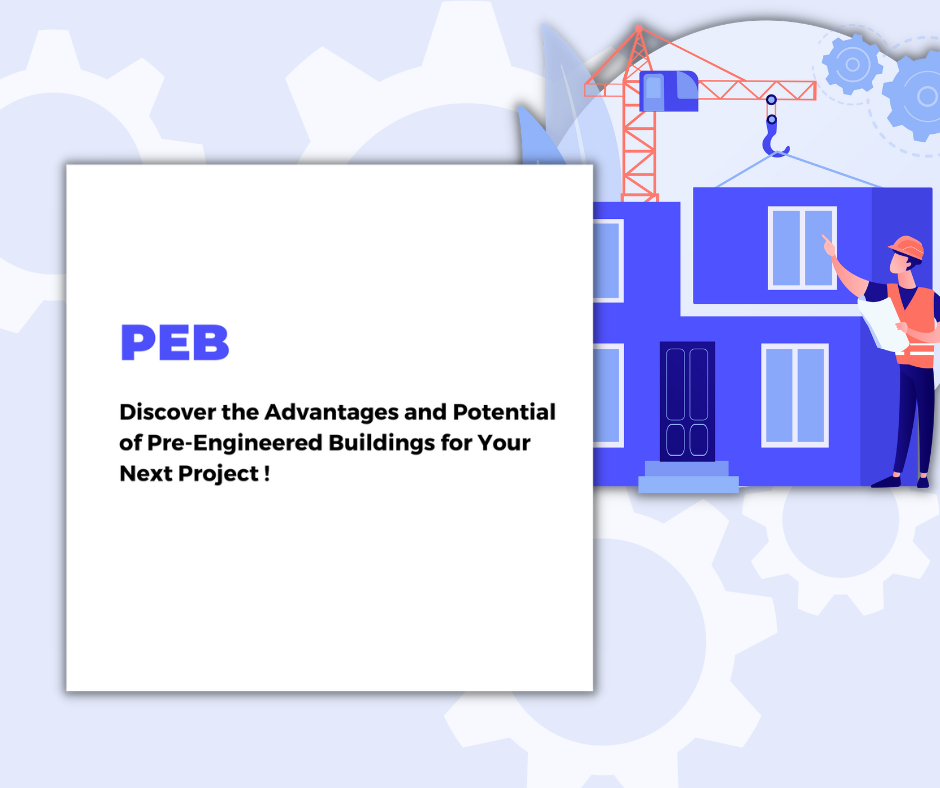
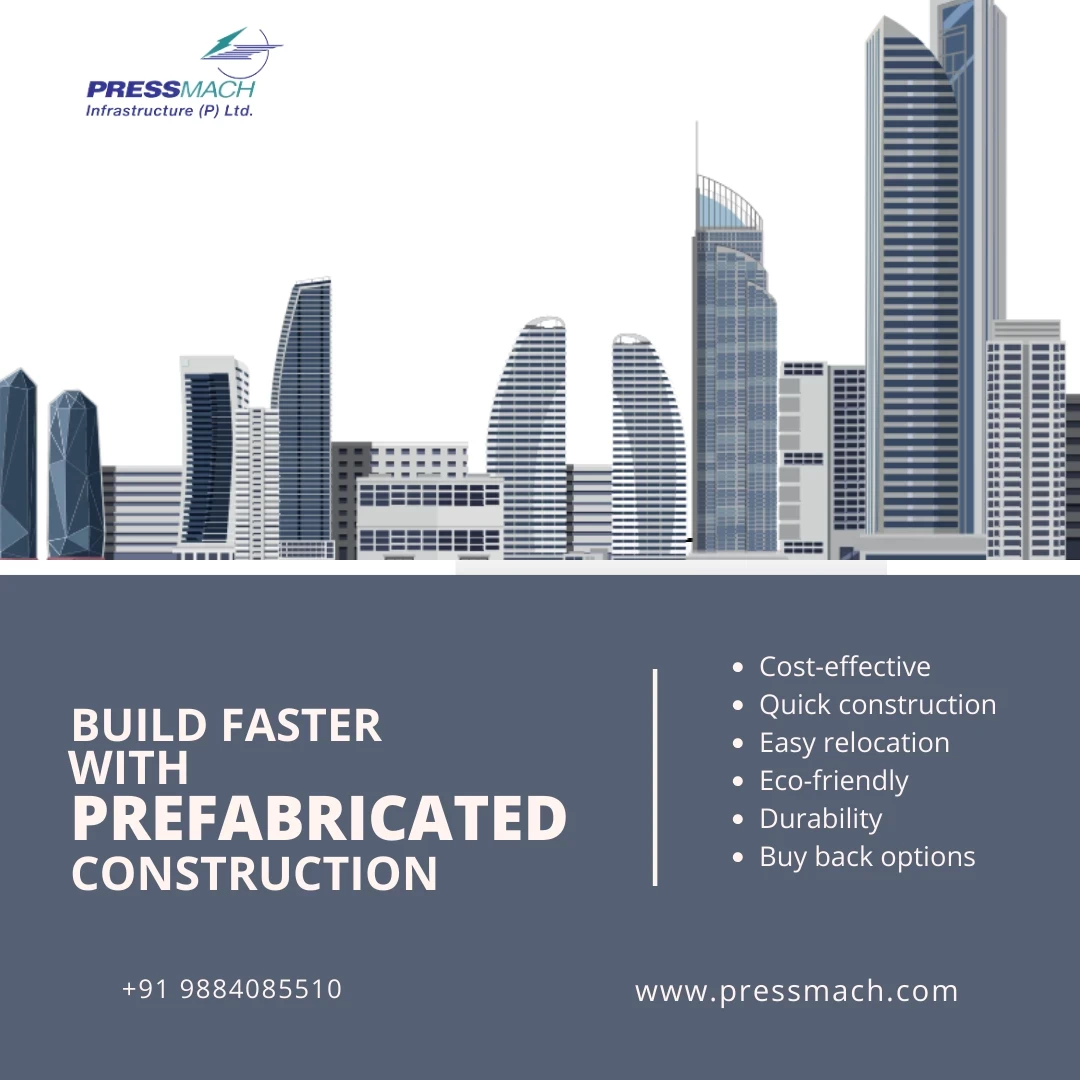
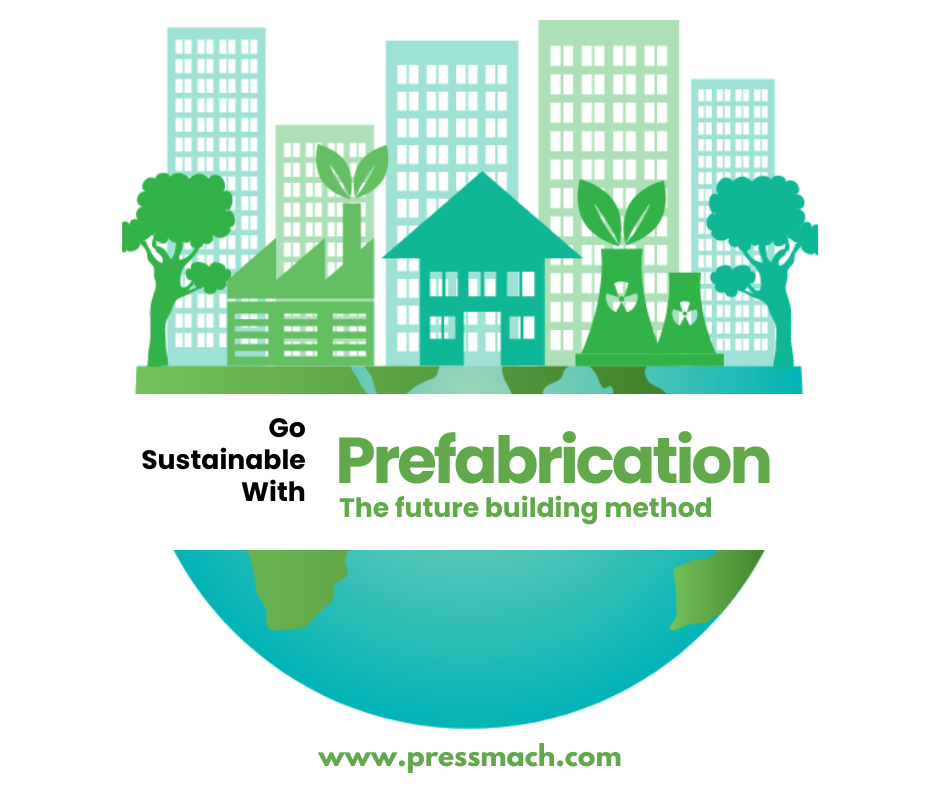
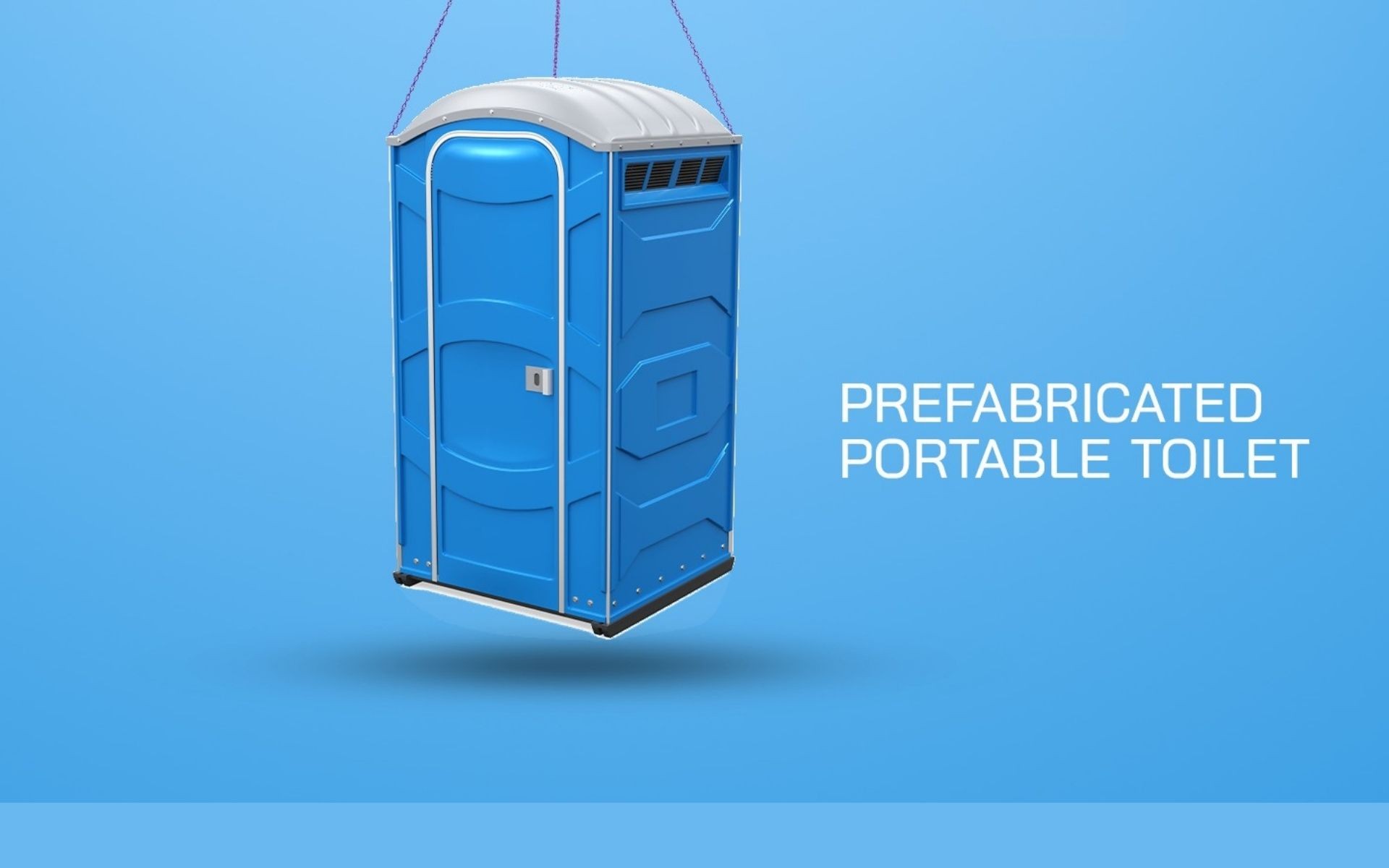

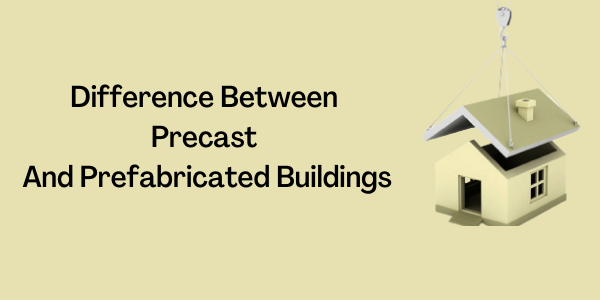
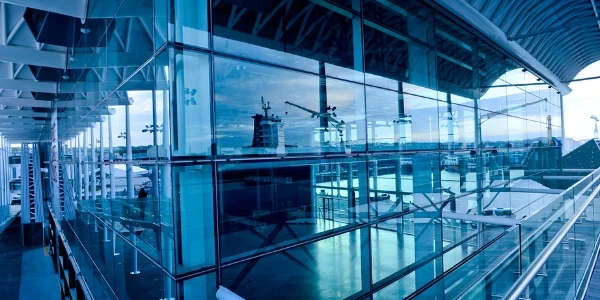

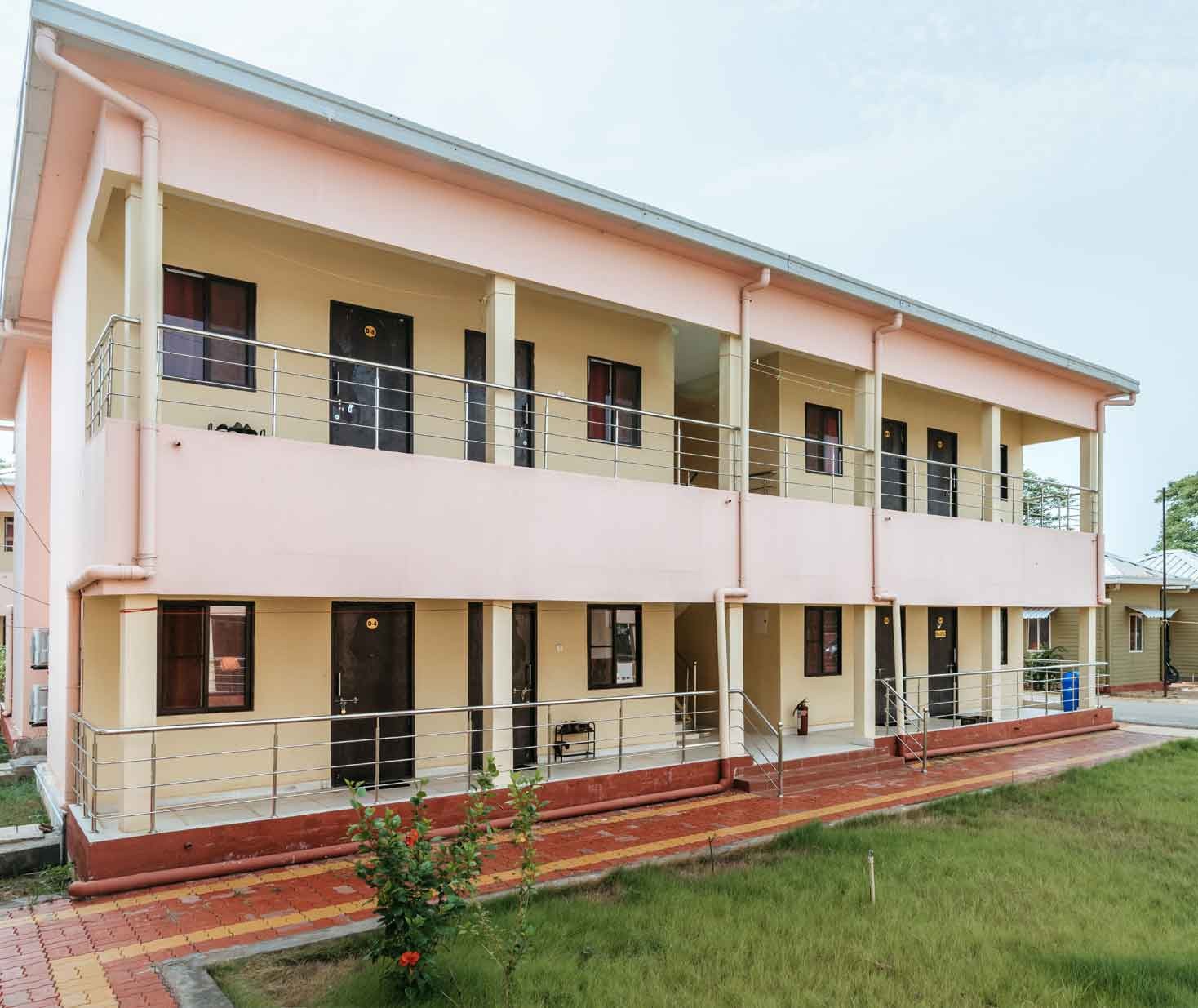
 site office front view622f00119ba65.jpg)

6349487807893.jpeg)